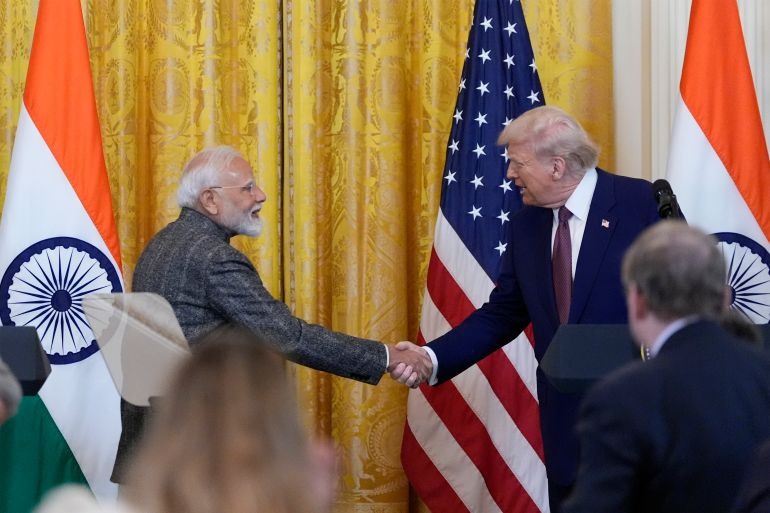
During Prime Minister Narendra Modi’s visit to the US, President Donald Trump made waves in the global trade system by announcing a strict “reciprocal tariff” policy. Just hours before his meeting with Modi, Trump signed off on a plan that ensures the US will impose the same tariffs on other countries as they impose on American products.
The move reinforces Trump’s long-standing view on trade, as he and his officials have frequently referred to India as the “tariff king” for its high duties on American goods.
What Does Trump’s Tariff Policy Mean?
Trump’s stance is clear: If any country taxes American goods, the US will impose an equal tax in return—no more, no less.
"This is very simple," Trump stated. "If any country imposes a tax on America, we will impose the same tax on them. No exceptions."
Despite the announcement, these tariffs will not take immediate effect. A White House official clarified that the delay is intended to allow time for negotiations on new trade agreements.
What is a Reciprocal Tariff?
A trade tariff is a tax on imported goods, often used to protect domestic industries. Trump’s reciprocal tariff policy means that if a country like India or China imposes a 100% or 200% duty on American products, the US will mirror that exact rate on their exports.
This tit-for-tat approach aims to eliminate what Trump sees as unfair trade practices.
Equal Rules for All Countries
Trump hinted that a more detailed policy order will be issued soon, ensuring that the same rules apply to every country. His administration argues that India’s tariff policies restrict the entry of American goods, ultimately harming US businesses. However, trade experts point out that there is no official definition of a "reciprocal duty"—it is simply a tool Trump is using to reshape trade relations.
Which Countries Will Be Most Affected?
According to Bloomberg, economists predict that India and Thailand will face the biggest impact from this policy. Reports from financial institutions like Morgan Stanley and Nomura Holdings indicate that these countries impose significantly higher tariffs on American goods compared to the duties the US places on their exports.
On the other hand, Mexico, Canada, and South Korea—which have free trade agreements with the US—will remain unaffected.
Impact on Global Trade
This move could have far-reaching consequences:
- For American consumers and businesses: Higher tariffs could drive up prices, leading to inflation in the US market. In 2024 alone, the US imported $4.1 trillion worth of goods—additional tariffs could make these goods more expensive.
- For global trade relations: If affected countries retaliate with their own tariffs, it could disrupt global trade and damage relations between the US and both allies and competitors.
- For India-US relations: To maintain smooth trade relations, India may need to reconsider its tariff rates and potentially increase its purchase of US defense and energy products.
Trump’s Firm Stand with Modi by His Side
During a joint press conference with Prime Minister Modi, Trump was asked whether India would receive any concessions under this new policy. Standing next to Modi, Trump responded firmly:
“This policy applies to all countries equally. India imposes some of the highest tariffs in the world. If they reduce tariffs on American products, that’s great. If not, we will match them—no exceptions.”
His words leave little room for negotiation, signaling a shift in trade dynamics between India and the US. The coming months will reveal how India and other affected nations respond to Trump’s challenge.

 Share
Share_259863270_100x75.jpg)



